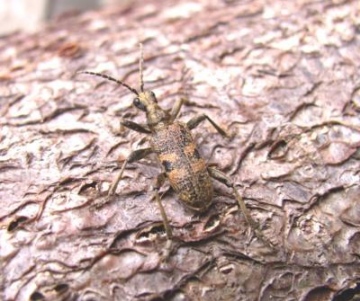There has recently been a huge influx of sprats into the estuaries and they have brought with them many of the birds that follow the shoals offshore throughout the winter. Over 1500 Kittiwakes - a normally oceanic gull - passed Southend Pier on 19th, heading upstream, while there have also been reports of large numbers of Red-throated Divers in the Blackwater estuary along with a scattering of auks - Guillemots and Razorbills. A dark phase Arctic Skua was also seen at Southend, where it was watched harrying a juvenile Kittiwake until the latter was forced to regurgitate its last meal, the skua deftly catching the fish before it hit the water. Another highlight was a Grey Seal - a scarce species in Essex - and the first I have seen in the County.
Finally, and sadly, a number of oaks at The Backwarden EWt Reserve, Danbury, have recently been diagnosed as suffering from Acute Oak Decline, a disease that is on the increase in this part of the world. The most obvious symptoms are vertical lesions on the bark, from which a black, tar-like substance oozes. No one seems to be quite sure what causes it but it may be a bacterial infection. A few species of beetle take advantage of the tree's decline by laying their eggs under the bark; these infestations may hasten its demise but the beetles are not thought to spread the disease. Infected trees invariably succumb but often display little foliage loss until the last stages of the disease. It infects old and adolescent trees alike and can kill up to half the oaks on a site. If it does continue to spread and reaches the farmland landscape then some of our grandest oaks could go the same way as the elms before them - a depressing thought.



















